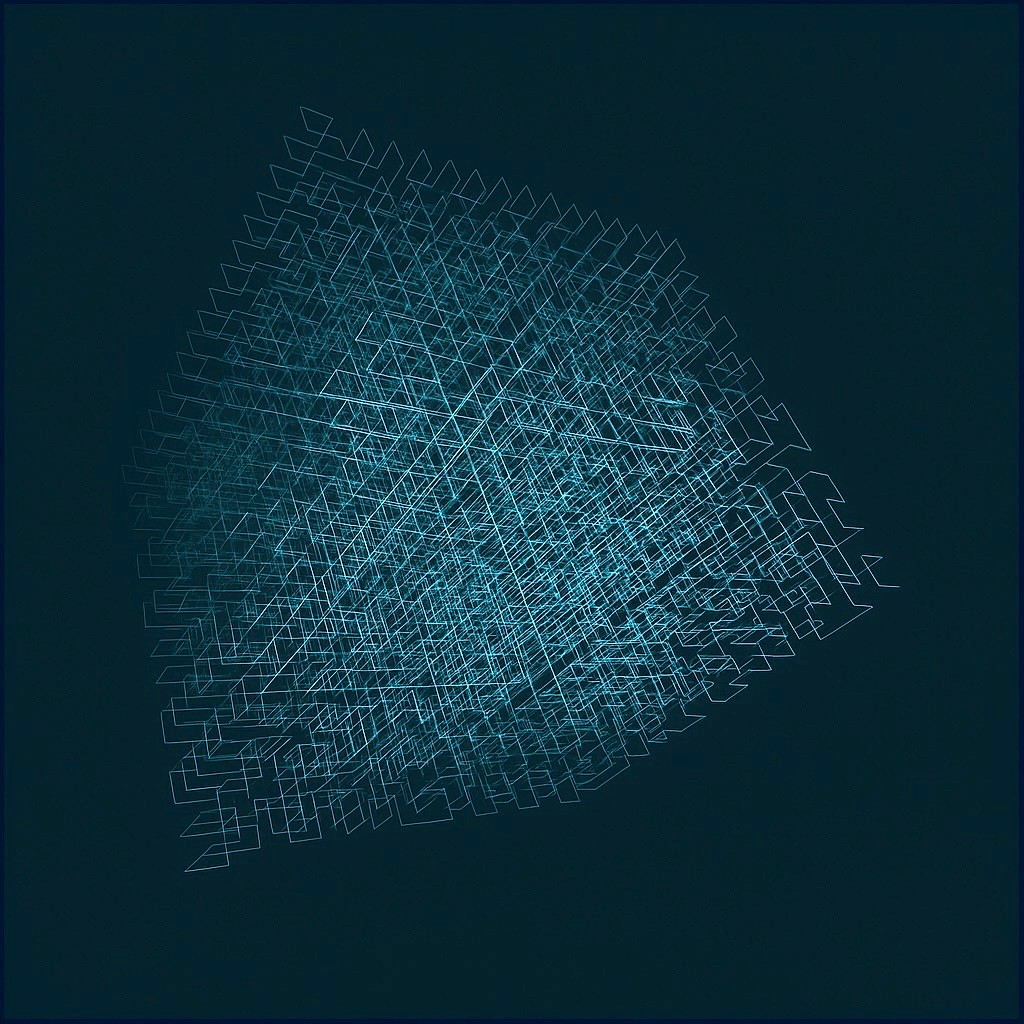Blog
The Beauty of Space-Filling Curves: Understanding the Hilbert Curve

Exploring the Fascinating World of Space-Filling Curves
Space-filling curves are a captivating mathematical concept that bridges geometry, computer science, and even art. Among these intriguing curves, the Hilbert curve stands out as one of the most renowned examples. Let’s delve into the beauty and significance of the Hilbert curve, exploring its unique properties, applications, and underlying mathematics.
What Are Space-Filling Curves?
Space-filling curves are continuous curves that can fill a geometric space completely. The key characteristic of these curves is that they can traverse every point within a given space—most commonly, a two-dimensional area—without ever lifting the pen. They challenge our traditional understanding of dimensions and continuity, leading to many intriguing applications across various fields.
The Hilbert Curve: A Closer Look
The Hilbert curve, developed by mathematician David Hilbert in 1891, is perhaps the most recognized space-filling curve. It is a recursive fractal that starts as a simple line segment. Through a series of iterative transformations, the curve evolves into a complex shape that effectively fills a two-dimensional square.
The Construction of the Hilbert Curve
To grasp how the Hilbert curve is constructed, consider the following steps:
-
Start with a Line Segment: The curve begins as a straight line connecting two points.
-
First Iteration: Transform the line into a "U" shape that touches the midpoint of the square it occupies.
- Subsequent Iterations: Repeat the process by transforming each segment into a "U" shape recursively. With each iteration, the curve becomes more intricate, eventually filling the entire space of the square.
Through this repeated process, the Hilbert curve illustrates how a one-dimensional object can expand into a two-dimensional space.
Mathematical Properties of the Hilbert Curve
The Hilbert curve possesses several noteworthy mathematical properties:
Continuity and Compactness
One of the most remarkable aspects of the Hilbert curve is its continuity. Despite being composed of infinitely many pieces, the curve is continuous, meaning there are no breaks or gaps. This property makes it an exceptional tool for various mathematical applications.
Limitations of Dimension
While the Hilbert curve is a one-dimensional object, it fills a two-dimensional space, revealing paradoxical properties of dimensions. It showcases that spaces can be more complex than our conventional understanding suggests, which has implications in fields such as topology and fractal geometry.
Applications of the Hilbert Curve
The applications of the Hilbert curve extend far beyond theoretical mathematics. Its unique characteristics make it useful in numerous practical fields:
Data Structures and Algorithms
In computer science, the Hilbert curve is often employed in spatial data structures. It helps in optimizing search processes, particularly in multidimensional databases, by preserving locality. This means that points that are close together in the multidimensional space will also be mapped closely together in the one-dimensional representation, enhancing retrieval efficiency.
Image Processing
The Hilbert curve is also used in image processing. Its ability to traverse pixels in a space-filling manner leads to efficient image compression techniques, optimizing the storage and transmission of image data.
Geographic Information Systems
In Geographic Information Systems (GIS), the Hilbert curve aids in spatial indexing. It helps in managing geographic data by improving the efficiency of spatial queries, making it easier to visualize data on maps.
The Artistic Appeal of the Hilbert Curve
The Hilbert curve isn’t just a mathematical construct; it also has aesthetic qualities that have captured the imagination of artists and designers. Its intricate, flowing design can inspire various forms of art, from digital renderings to sculptural works. Artists draw upon its unique geometry to create visually engaging pieces that challenge perceptions of space and form.
Challenges and Limitations
While the Hilbert curve has numerous applications, it is not without challenges. The computation involved in creating a Hilbert curve can become complex, especially in higher dimensions. Additionally, there are limitations in how effectively the curve can be used across different data types, necessitating further research and development.
Conclusion
The Hilbert curve serves as a profound example of the intersection of mathematics, computer science, and art. Its space-filling properties challenge our understanding of dimensions and continuity while providing practical solutions in various fields. Whether you’re an academic exploring theoretical concepts or an artist inspired by geometric beauty, the Hilbert curve is a testament to the intricate relationships weaving through the fabric of our universe.
As we continue to uncover more about space-filling curves, their potential will undoubtedly expand, revealing even more applications and insights across diverse domains. The journey of understanding these mathematical wonders is far from over, and the beauty of the Hilbert curve will always hold a place in the exploration of mathematics and its numerous intersections.

